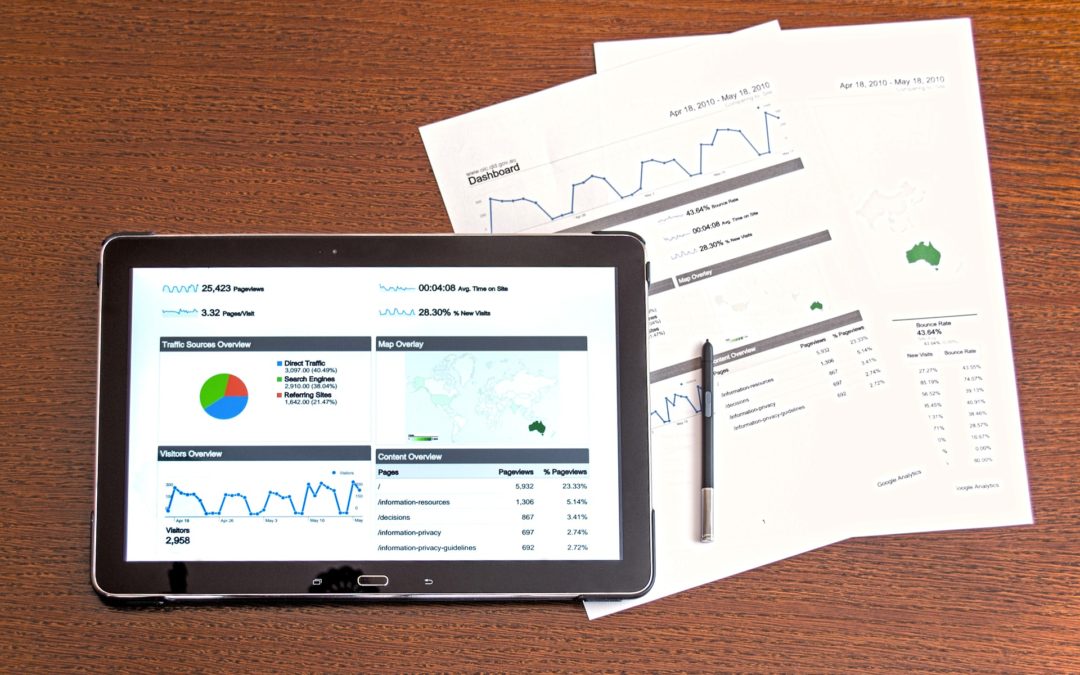By: Andy Kim
Business Intelligence Consultant at Key2 Consulting
If you haven’t read last week’s part 1 of this blog, you can find it here: Baby Steps: How to Create Basic Charts in Power BI Desktop.
Great, you’ve created a report in PowerBI Desktop. Now let’s talk about how you can share it with your co-workers, because after all, sharing is caring.
In this tutorial, I would like to walk you through the steps for sharing your reports via the PowerBI cloud platform. To start, sharing your PowerBI report can be accomplished in several ways:
1) Sharing via the PowerBI cloud platform (the one I’m showing you today)
2) Publish it to the web by embedding it into a webpage.
3) Embedding it into Sharepoint.
4) Exporting to a Powerpoint presentation.
5) Save the report file and share it (which comes in the form of a *.pbix file).
High-Level Overview of Steps
– From PowerBI Desktop, publish the report to the PowerBI cloud platform.
– Create a dashboard on PowerBI cloud platform.
– Add your report(s) to the dashboard.
– Share your dashboard.
Detailed Steps
1. Go to PowerBI.com to get started with the PowerBI cloud platform.
2. Create an account or sign in if you already have an account.
3. From the PowerBI Desktop application where you created your report, open the report and click the “Publish” button.
4. Enter in the email address and password credentials that you created in the Power BI cloud application and click Sign in.
5. Select a destination to publish your report. This corresponds to the workspaces in the cloud platform.
Example workspaces in the PowerBI cloud platform are shown below.
5a) Once you select a destination workspace, publishing will begin.
5b) You will see this when it is successfully published. Click the “Got it” button.
5c) You should now see your report and the associated dataset(s) published to the cloud.
6. Click the ‘+’ button next to Dashboards to create a new dashboard.
6a) Type in a name for the new dashboard and press the Enter button to create the new dashboard.
7. Now that the dashboard has been created, it’s time to add report(s) to it.
8. Click on your report to open it up.
9. Click on the “Pin Live Page” button at the top of the report.
10. Select which dashboard you would like to add the report to, then click “Pin live”.
11. Your report has been added to your dashboard. Click on your dashboard to review it.
12. Click on the ellipses that appears when you hover to the right of the dashboard name. Click on the Share button. Alternatively, you can click the Share button at the top right side of the dashboard.
13. Type in the email address(es) for whomever you want to share it with. It is important to note that the people you share it with must have a PowerBI cloud account as well. You can optionally type in a message. Note that there are 2 checkboxes at the bottom where you can select whether the recipients can share the dashboard, and whether they receive an email notification.
14. Fill in the fields as appropriate. In this case, I am sharing the dashboard with myself. Click the “Share” button.
15. After you have successfully shared your dashboard, you will see this notification.
16. Here is the resulting email your recipients would receive.
17. When your recipient(s) click the hyperlink, it takes them to the PowerBI sign on page. Once they sign in, they will see a notification as illustrated below. From there, they can click the “Go to dashboard” link to see the dashboard you shared.
Now that we have walked step by step through publishing and sharing your reports, I would encourage you to go try it. It’s free (up to a certain memory limit, but even after that it is cheap) and it’s easy to use.
If you have any questions or experiences you want to share regarding Power BI, leave a comment below! We’d love to hear from you.

























Hi Andy,
Thanks for this. However, i think you have not actually explained ‘report sharing’ here. What you have explained is how to publish a PBIX file (that can have multiple reports in it, one tab – one report) and how to share dashboards (done by ‘pinning’ live pages onto reports).
What I am experiencing now is this:
E.g. I create a report in my Power BI Desktop with matrix tables that can be drilled down. I publish the PBIX file to ” MY WORKSPACE” in Power BI Service. I pin a live page (i.e. create a dashboard) onto that report, I share the dashboard. But what happens – the people cannot perform drilling/show next level/expand to next level operations in that dashboard. And it is a must have in nearly all of my cases. So, what I do is the following:
1. I create an “APP WORKSPACE” (different from “MY” workspace).
2. Publish my initial PBIX file into that APP WORKSPACE.
3. Create an APP from that APP WORKSPACE.
3.1 Upon creating the APP you can define whom it is visible to, content..
4. Upon accessing the APP, the users can see the report and perform any necessary drilling operations as it suits them.
I hope it is clear enough. I just wanted to make a clear distinction that a report and a dashboard are not the same things.
Thanks
Ged
Hello Ged,
Thank you very much for your comment and for pointing this out. You are absolutely correct…
There is a clear distinction between a report and a dashboard. The method I demonstrated is a simple example and definitely has limited functionality (i.e. no drilldown).
As a newer product, PowerBI is constantly improving. The “app workspace” is an evolution on the “content pack” functionality used to organize reports and dashboards.
See:
https://powerbi.microsoft.com/en-us/documentation/powerbi-service-create-apps/
Thank you for posting the issues you were having and presenting the steps you used in your solution!
Best,
Andy Kim
Business Intelligence Consultant
Key2 Consulting